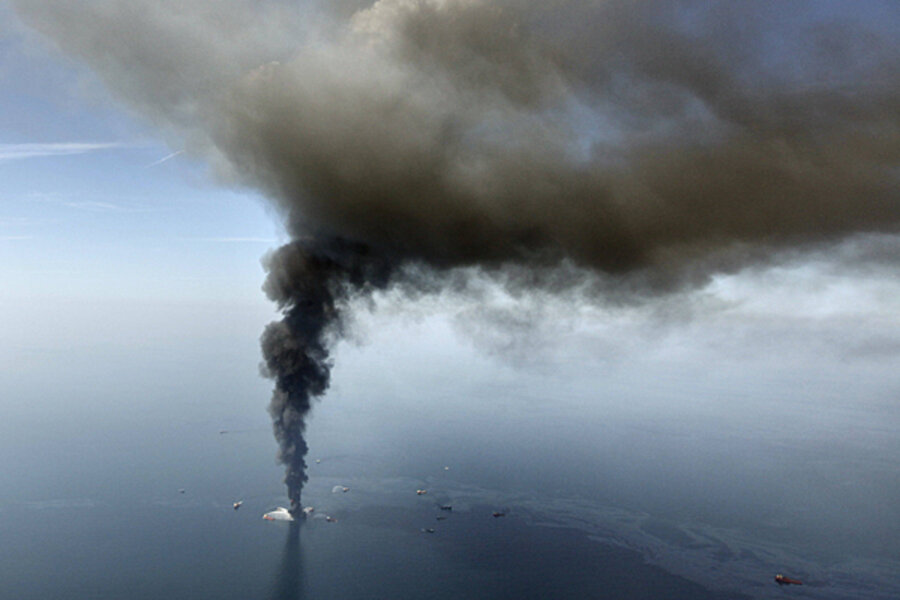BP returns to Gulf of Mexico nearly 4 years after ban
Loading...
British energy company BP on Wednesday won its first bids on acreage in the Gulf of Mexico in nearly four years. Next month marks the fourth anniversary of the Deepwater Horizon tragedy -- and the drilling moratorium that followed -- and federal officials said the region is still a centerpiece of the U.S. energy portfolio.
The U.S. Department of Interior said Wednesday it attracted more than $872 million in high bids for the 1.7 million acres on the auction block in the Central Gulf of Mexico. Tommy Beaudreau, director of the Bureau of Ocean Energy Management, said the Gulf of Mexico remains one of the most productive oil basins in the world.
"While domestic energy production is growing rapidly in the United States, the Central Gulf of Mexico, as demonstrated by today's lease sale, will continue to be one of the cornerstones of the nation's energy portfolio," he said in a statement. (Related Article: Can the United States Rule the (Energy) World?)
The U.S. government placed a moratorium on deepwater drilling on the Outer Continental Shelf in May 2010. The ban was lifted that October, but nobody could move forward unless they were able to show they could respond to a possible spill.
Since the 2010 rig disaster, onshore developments have put the United States at the top of the international oil heap. In its short-term market report, published last week, the Energy Information Administration said strong crude oil production, primarily in the Bakken, Eagle Ford and Permian shale basins onshore, should continue through 2015. By then, the United States will be producing about 9.2 million barrels of oil per day, a 22 percent increase from last year.
Interior Secretary Sally Jewell said, however, the Gulf of Mexico is a "critical component" of the U.S. energy narrative. Complementing onshore developments, the OCS is helping to add a layer of security to a U.S. economy that could be vulnerable to turmoil in an interconnected international energy market, she said. (Related Article: Is it Time to Let BP back in the U.S. Oil Game?)
BP made its triumphant return to the Gulf of Mexico as the highest bidder Wednesday for 24 of the blocks on sale in the Gulf of Mexico. Its success came one week after it reached a deal with the EPA to get the ban lifted that prevented it from doing business with the U.S. federal government. The ban only prohibited BP from new deals. In February, the company announced the start of operations at phase 3 of its Na Kika project in the Gulf of Mexico, which services eight separate fields in the region. The company's output has plummeted since the 2010 disaster, though it says it remains committed to the Gulf of Mexico as the leading acreage holder.
A lot has happened in the U.S. energy sector since the Deepwater Horizon disaster left 11 rig workers dead and caused the worst accidental spill in the industry's history. While it's premature to speculate if the offshore disaster was in part responsible for the onshore boom, recent shale struggles from BP's rivals suggest the U.S. oil story may be shifting once again. Last month, BOEM said it completed a review of acreage off the Eastern coast, an area off limits for now. Given the growing interest offshore, BP's return could mark an interesting turning point for U.S. oil.





